Mirror Your iPhone to Samsung TV
No account is needed; No installation on TV is needed; No Ads; No Watermark
Q: Can I Screen Mirror from iPhone to Samsung TV?
Yes, you can mirror your iPhone to Samsung TV via AirPlay and Chromecast, third-party screen mirroring program, or using an adapter.
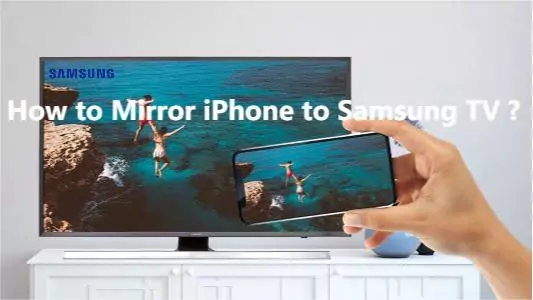
In this article, we’ll cover all you need to know about mirroring your iPhone to a Samsung TV using different methods. At the end of it, we’ll give a verdict on which method is the best in terms of convenience, cost-effectiveness, and depth of features.
In this part, we will show you the step-by-step guide to screen mirror your iPhone to the Samsung TV with the 6 ways below.
AirPlay is a wireless streaming technology that allows users to stream audio, video, and other forms of media between Apple devices. With AirPlay, users can easily mirror the screen of their iOS or macOS device onto a larger screen.
To accommodate other devices and systems, Apple developed AirPlay 2, and some smart TV brands also support AirPlay 2. Here are the AirPlay 2-Enabled Samsung TVs:
So, if your Samsung TV supports AirPlay 2, then try to AirPlay iPhone to your Samsung TV by following these steps:
Makesure two devices connect to the same WiFi.
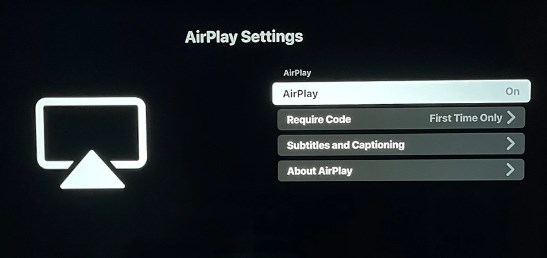
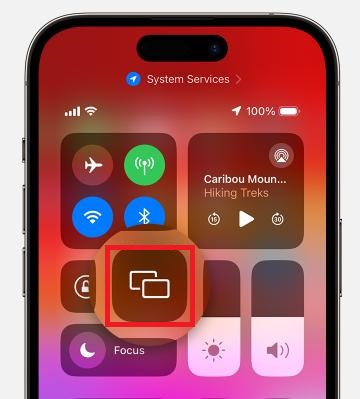
That's it. Now you can screen mirror iPhone to Samsung TV for free.
If your Samsung TV doesn’t come with built-in AirPlay, don’t be upset. Try the following methods.
If you own a Chromecast device, you can also try Google Home to cast the iPhone screen to the Samsung TV. The Google Home app is available on App Store now and it’s free to download and use.
To connect your iPhone with your Samsung TV via Google Home, try this:
Make sure your iPhone and Samsung TV connect to the same WiFi.


Now, your iPhone screen will be shared with the Samsung TV wirelessly.
When it comes to screen mirroring, compatibility is a key factor. To connect and mirror your screen without any limits, AirDroid Cast Webis your go-to option. It is a browser-based application that allows you to mirror your phone’s screen to a Smart TV. It is compatible with all devices, provided with a browser. This is particularly useful when your Samsung TV is incompatible with AirPlay or Chromecast.
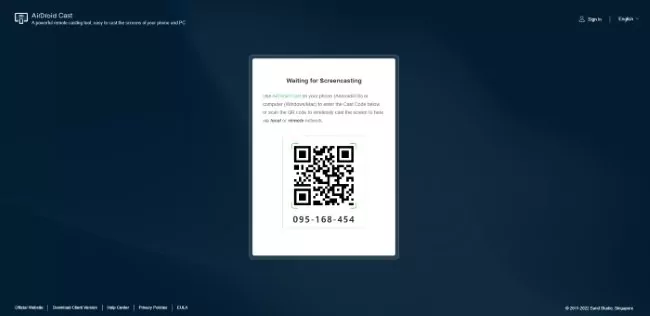
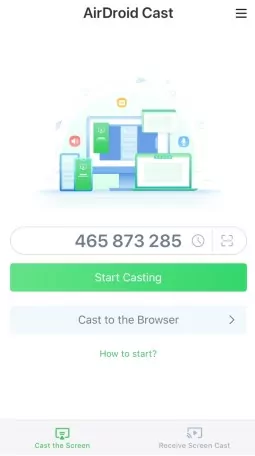
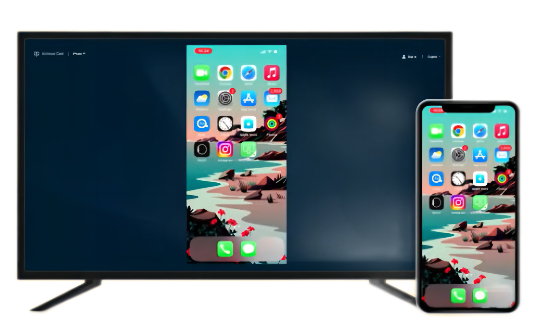
There are more and more Chromecast-enabled apps that allow you to cast or stream content from your iPhone to a Samsung Smart TV. The device is small, about the size of a thumb drive, and plugs into the HDMI port on your TV, just like Apple’s lightning AV Adapter. Once connected to your Wi-Fi network, you can use it to stream movies, TV shows, music, and more.
Some of the Chromecast-enabled apps:
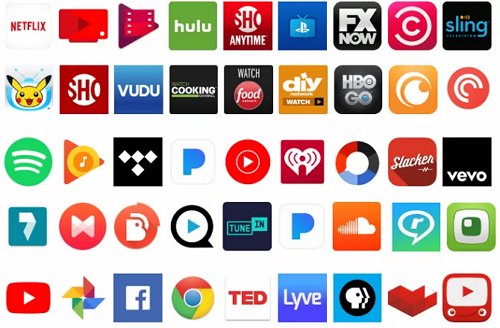
That's it! This is how you can cast content from Chromecast-enabled apps on your iPhone to a Samsung Smart TV. Note that this method can't cast the whole device screen to the TV.
Another way of mirroring your iPhone’s screen to your Samsung TV is by using a lightning digital AV adapter. This is a small and portable device that connects to your device's Lightning port and provides an HDMI output that you can use to connect to a Samsung TV.
Once connected, you can mirror your iOS device's screen on the display, allowing you to enjoy movies, TV shows, and other content on a larger screen. The adapter also supports digital audio output, so you can enjoy high-quality sound along with your video content. Below are the steps necessary to make this connection.
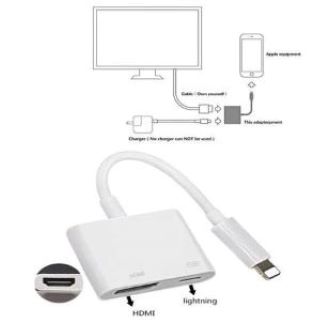
Steps to mirroring your iPhone to Samsung TV using Apple’s Digital AV Adapter:
The Roku streaming stick is a portable device that is plugged into your television HDMI port to allow you to stream content on the internet. It generally works similarly to the digital AV adapter we’ve covered in the previous section. It also allows you to mirror your iPhone screen to your Samsung TV without using the AirPlay service and below are the steps you can follow to do so.
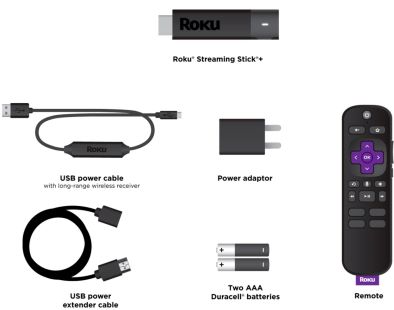
Steps to mirroring your iPhone’s screen to a Samsung TV:
Firestick is an external device similar to Roku Stick which is primarily used as a streaming service. It has a screen mirroring feature called ‘Miracast’ which you can use to mirror your iPhone to a Samsung TV. Firestick is quite expensive and if you want the 4K bundle it costs between $60 - $70. Below are the steps required to use an Amazon fire stick for this process.
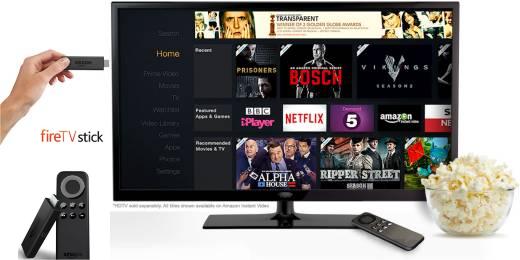
Steps to mirroring your iPhone’s screen to a Samsung TV via Firestick:
Before deciding on a screen mirroring solution, here are some factors to consider:
To help you to make a more informed decision, here is how all the methods we’ve discussed in this article compare.
| ✅Method | Connectivity | Compatibility | 💰Price | Streaming Quality |
|---|---|---|---|---|
| AirPlay | WiFi | iOS, macOS, AirPlay-enabled TVs | Free | Excellent |
| Google Home | WiFi | iOS, Android, Chromecast TVs | Free | Excellent |
| Airdroid Cast Web | Wireless (LAN and remote) + USB cable | iOS, Android, MacOS, Windows and all TVs | $1.6 – $29.9 | Full HD high quality |
| Chromecast Apps | WiFi | All Chromecast-enabled apps | Depending on the app | Unstable |
| Apple Digital AV Adapter | HDMI + VGA port and cable | iOS devices + all TVs with an HDMI port | $49 | Good |
| Roku Stick/Firestick | WiFi + HDMI port | Any TV with an HDMI connection | $40 - $80 | Excellent |
After getting the right screen mirroring solution for your devices, you might get errors in connecting your iPhone to your Samsung TV. When an error like this occurs, the next course of action is to troubleshoot to identify the error and fix it. So if your phone won’t connect to your Samsung TV, here are some troubleshooting tips you can try out.
Now that you’ve chosen your screen mirroring solution and completed its initial setup, there are some settings that you can make to have the best screen mirroring experience. So, if you want to have the best screen mirroring experience, here are some tips and settings that you can try:
1. Adjust resolution and aspect ratio on your settings
This is because the iPhone and Samsung TV have different screen resolutions, and mirroring a device with a higher resolution to a TV with a lower resolution can result in poor display quality.
2. Reduce the distance between your phone and TV
This will help you to minimize lag.
3. Hide notifications when screen mirroring
When you’re sharing your screen with a TV, your details won’t be secure or your messages private. Therefore, you should hide notifications when screen mirroring to keep your information secure and private during this process.
4. Optimize your network settings
If you're experiencing lag or delay during screen mirroring, you can try optimizing your network settings. This may include changing your router's channel settings, adjusting your device's Wi-Fi sleep settings, or disabling other devices that are using the network.
5. Avoid draining your battery
Screen mirroring tends to consume phone batteries. For this reason, you should ensure to disconnect it as soon as you’re done to avoid draining the battery.
By following these tips and settings, you should be able to have a better screen mirroring experience. However, keep in mind that the quality of the mirroring may also depend on the hardware and software specifications of your device and the device you're mirroring to.
Screen Mirroring is a versatile tool that is useful in a wide range of use cases. This is one of the main reasons why manufacturers are making it a must-have feature for the latest devices. It has numerous use cases in different fields such as
Business
Screen mirroring can make business meetings, whether physical or virtual, more engaging and interactive. Suppose you have reports or slides on your iPhone, you can share your screen with a TV and display this content on a larger screen. This allows all meeting attendees to easily view the contents of the slide.
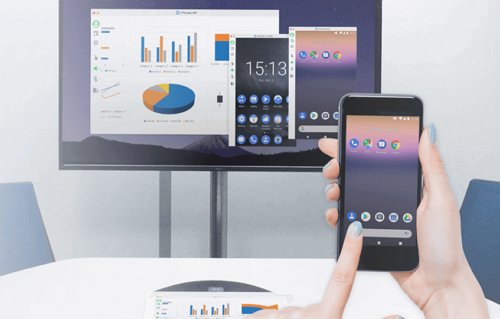
It is also useful when you’re presenting a new mobile app and you want to demonstrate how it works to an audience. Generally speaking, screen mirroring promotes collaborative work by making content on your iPhone easily available to a larger audience.
Entertainment
When it comes to entertainment, Screen mirroring has several use cases. You can use it for gaming and view your mobile games on a bigger screen, which enables gamers to have an immersive experience.
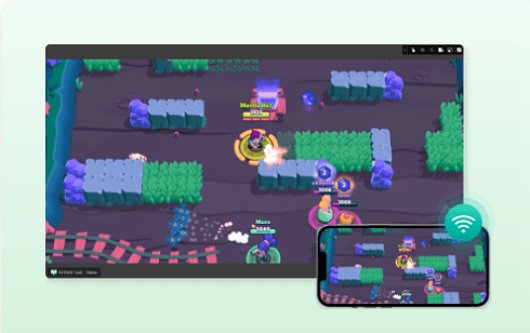
Screen mirroring can also be used to stream content from a mobile device to a larger screen. For example, users can mirror their phone screen to a TV to watch videos, movies, or TV shows
Education
Teachers can use screen mirroring to display educational content, such as presentations, videos, or interactive learning materials, on a larger screen for the entire class to see. This can make it easier for students to follow along and engage with the content.
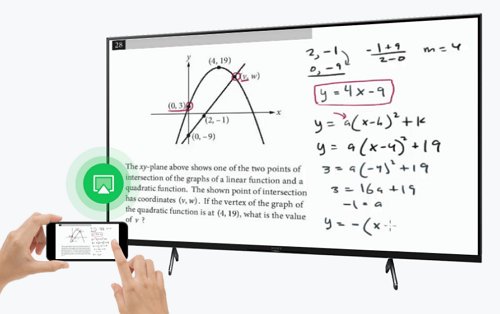
It can also play a role in collaborative learning where students cooperate on a group project by mirroring their progress to a larger screen.
Although iPhones and Samsung TVs have different systems there are numerous wired and wireless methods that you can use to mirror your iPhone to a Samsung TV. After reviewing several solutions in this guide, we highly recommend AirDroid Cast Web for screen mirrring. It is fully compatible with all devices that have a browser and is cost-effective. In addition, it allows you to have control over your viewing experience by adjusting the frame rate and video resolution.
Leave a Reply.